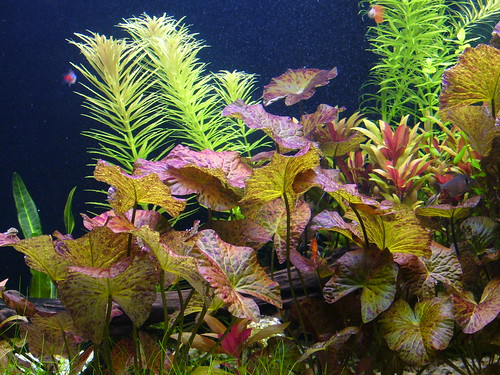
I was about to fire up Scrivener and get back to writing the fictional book I’m working on and I made the mistake of checking my feeds.
In comes Wired with, “Scammy AI-Generated Book Rewrites Are Flooding Amazon“. On Facebook, I had noticed an up-tick of ‘wholesale’ ebooks that people could sell on their own, but I thought nothing of it other than, “How desperate do you need to be?”.
It ends up it has been a big problem in the industry for some time, people releasing eBooks and having summaries posted on Amazon within a month, especially since large language models like ChatGPT came out. Were the copyrighted works in the learning models?
How does that happen? There are some solid examples in the article, which seem to be mainly non-fictional works.
…Mitchell guessed the knock-off ebook was AI-generated, and her hunch appears to be correct. WIRED asked deepfake-detection startup Reality Defender to analyze the ersatz version of Artificial Intelligence: A Guide for Thinking Humans, and its software declared the book 99 percent likely AI-generated. “It made me mad,” says Mitchell, a professor at the Santa Fe Institute. “It’s just horrifying how people are getting suckered into buying these books.”…
“Scammy AI-Generated Book Rewrites Are Flooding Amazon“, Kate Knibbs, Wired.com, Jan 10th, 2024
I think that while some may be scammed, others just want to look smart and are fed the micro-learning crap that’s going around where they can, ‘listen to 20 books in 20 days’. I have no evidence that they’re doing summaries, but it seems like the only way someone could listen to 20 books in 20 days. I’d wondered about the ‘microlearning’ stuff, since I have spent a fair amount of time tuning my social media to allow me to do ‘microlearning’ when I am on social networks.
What is very unfair is that some of those books have years of research and experience in them. It’s bad enough that Amazon takes a big chunk out of the profits- I think it’s 30% of the sales – but to have your book summarized within a month of publishing is a bit too much.
Legally, apparently, summaries are legal to sell because it falls under fair use, though exceptions have happened. This is something we all definitely need to keep an eye on, because of the writers I know who bleed onto pages, nobody likes parasites.
And these people clogging Amazon with summaries are parasites.
If you’re buying a book, buy the real thing. Anyone who has actually read the book won’t be fooled by you reading or listening to a summary for long, and there are finer points in books that many summaries miss.

